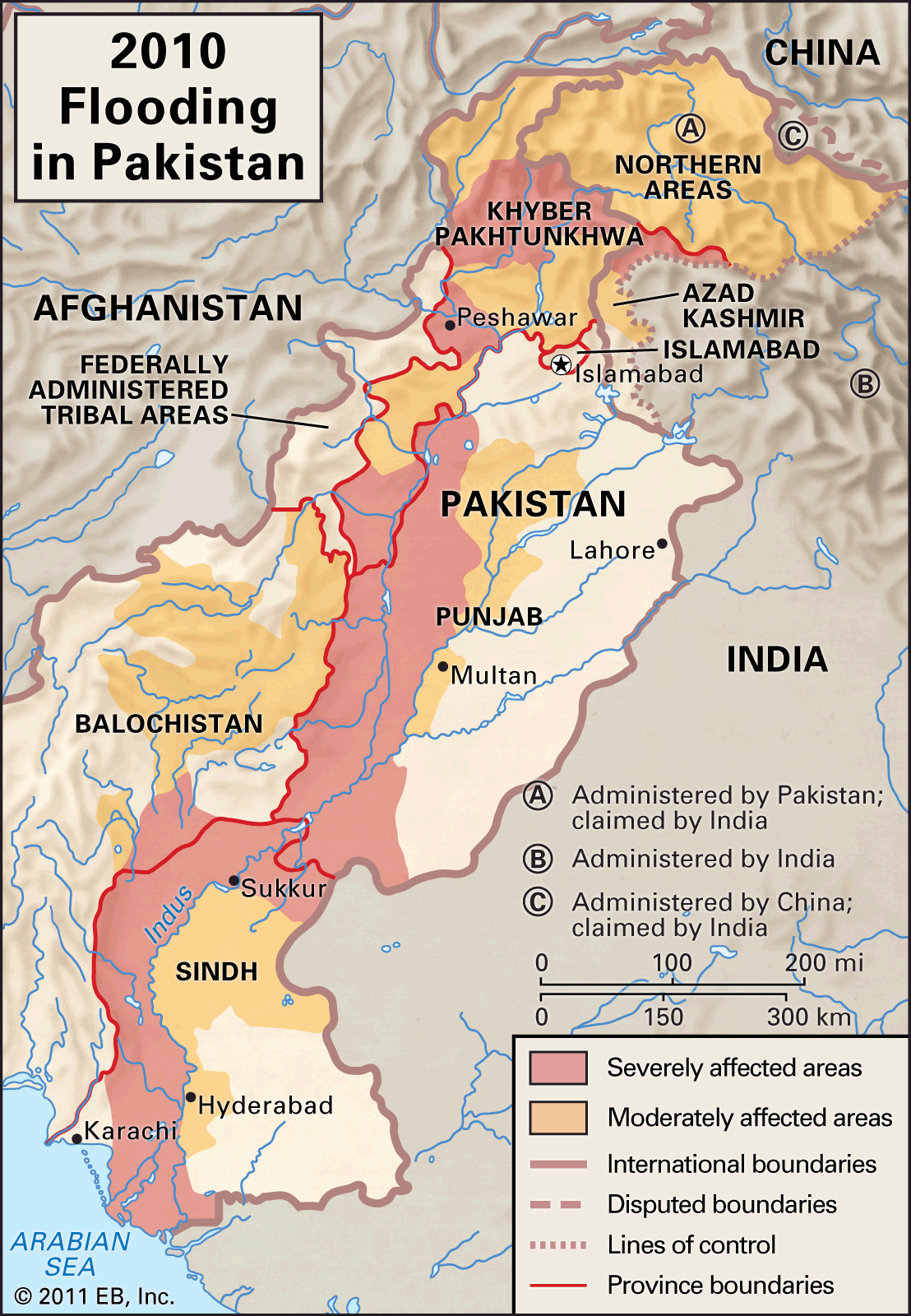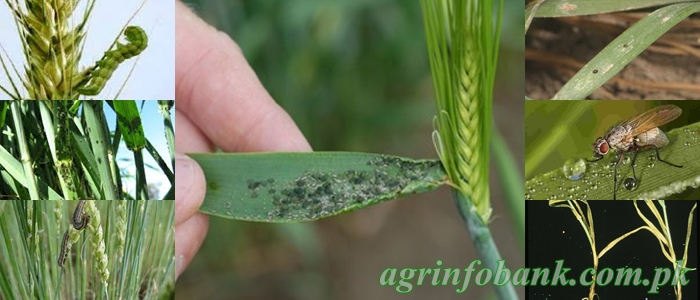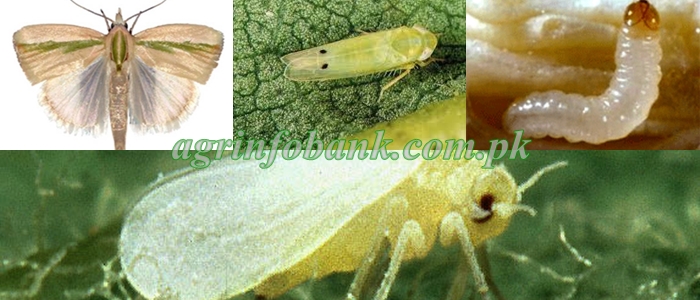Climate change and its potential effect on Food security and Human lives
Climate change and food security are deeply interwoven issues that pose significant challenges to global stability and human well-being. As the planet warms due to human activities, the resulting shifts in climate patterns have profound implications for agricultural productivity, food distribution, and access. The intricate relationship between climate change and food security not only affects the availability and price of food but also has broader socio-economic and political ramifications. This article delves into the various dimensions of this critical topic, examining the impacts on agriculture, the nexus with conflict and human rights, economic and policy interventions, nutritional concerns, and the importance of international cooperation. Climate change has affected our environment and Food security in the following ways.
Altered Weather Patterns and Crop Yields
Climate change is manifesting through altered weather patterns, significantly impacting agricultural productivity. Rising temperatures and shifting precipitation patterns are leading to water scarcity, which, coupled with drought, heat waves, and flooding, often results in lower crop yields. This phenomenon is not isolated but rather a global issue affecting staple crops such as corn and wheat, which have seen declines in production due to extreme weather events and plant diseases. The 2010 flood in Pakistan not only destroyed agricultural land but also damaged crops. Houses worth billions were destroyed and people were forced to leave their homes. Such extreme events of rain and floods have full potential to seriously threat food security and human lives. Figure 1 shows the extent of damage caused by flood in 2010 while Figure 2 shows damage in Nowshehra district of KPK.
The interplay between climate change and agriculture is complex, with the former exacerbating vulnerabilities in food production systems. Marginalized communities and regions with limited resources are disproportionately affected, facing increased food prices and decreased availability.
The Table below succinctly captures the impact of climate change on crop yields:
|
Crop Type |
Impact of Climate Change |
|
Corn |
Decreased yields due to drought and heat waves |
|
Wheat |
Production decline from extreme weather events |
In addition to direct effects on crop production, climate change also indirectly contributes to food loss. For instance, crops stored in humid facilities after being harvested in high-drought areas are susceptible to fungal infestations and pests. Furthermore, flooding can lead to toxic mould on crops, exacerbating the loss of food annually.
Livestock Health and Fisheries Disruption
Climate change has a profound impact on livestock and fisheries, which are critical components of global food security. Livestock, such as cattle and goats, account for a significant portion of agricultural losses due to droughts and other climate extremes.

Figure 1 showing the areas effected by flood in 2010 in Pakistan.

Figure 2 showing damage in Nowshehra District of KPK, Pakistan by flood in 2010.
These losses not only affect the availability of meat, eggs, and milk but also the livelihoods of farmers who depend on these animals. Fisheries are equally vulnerable, with changes in water temperature and acidity leading to shifts in fish populations and health. In regions like Southeast Asia, these disruptions can have severe consequences for food availability and local economies.
The deterioration of aquaculture infrastructure and assets due to climate events has led to temporary yet significant setbacks in employment and income, exacerbating food insecurity and malnutrition.
The Rise of Pests and Diseases
Climate change is expected to create a surge in agricultural pests. As temperatures and precipitation patterns shift, the geographical distribution of pests and diseases is altered, posing new challenges to food production. This not only compromises the quantity and quality of crops but also increases reliance on pesticides, which can have further environmental and health implications. The interplay between climate change and pest dynamics is complex, with warmer temperatures accelerating pest life cycles and expanding their habitats. This necessitates innovative approaches to pest management and crop resilience. These disruptions in food production due to pests and diseases exacerbate existing vulnerabilities, particularly in marginalized communities and regions with limited resources. The need for adaptive capacity and resilience in agricultural systems has never been more critical. Figure 3 shows common wheat pests while Figure 4 show common cotton pests in Pakistan. These pests greatly reduce crop yields affecting both food and financial security of farmers, land owners and public as well.

Figure 3 showing common wheat pests of Pakistan.

Figure 4 showing common Cotton pests found in Pakistan.
The Vicious Cycle of Climate Change and Conflict
Climate change acts as a risk multiplier, exacerbating existing vulnerabilities and tensions. As the planet warms, altered environmental conditions undermine food security, leading to disrupted livelihoods and forced migration. These stressors often ignite or intensify conflicts, particularly in regions already grappling with instability.
- Altered environmental conditions such as unpredictable rainfall, droughts, and floods.
- Disrupted livelihoods due to changing agricultural patterns.
- Forced migration as people seek sustenance and safety.
In regions like the Sahel, Myanmar, and Haiti, the interaction between conflict, hunger, and climate change manifests in a consistent pattern of increased instability and insecurity. Efforts to mitigate these issues must be context-specific, recognizing the unique challenges each region faces. The FAO's 'water for peace' project in Yemen is one such initiative, aiming to reduce tensions by empowering communities in resource management. Lack of enough irrigation water in many parts of Baluchistan (A dry province in Pakistan) has forced communities to permanently migrate to other fertile lands. A dry region where people are forced to drink muddy water can be seen in Figure 5.

Figure 5 shows use of muddy water for drinking in Baluchistan, Pakistan.
Human Rights Implications of Food and Water Scarcity
The human rights to water and sanitation are fundamental, yet climate-induced scarcity threatens these basic needs. As water becomes more scarce, conflicts over resources intensify, leading to further human rights violations. The devastation of food systems during armed conflicts, such as the war in Gaza, exacerbates the suffering of populations, particularly affecting women and girls who represent a significant portion of the world's hungry. The growing gap between water supply and demand not only leads to conflicts but also undermines the stability of communities, driving displacement and migration. This situation is a direct threat to human dignity and the right to an adequate standard of living.
Potential for Increased Migration and Instability
The interplay between climate change and food insecurity is a potent force driving migration and instability. As communities face diminishing crop yields and disrupted livelihoods due to altered climate conditions, the pressure to migrate in search of better opportunities intensifies. This movement often leads to increased competition over natural resources, exacerbating tensions and potentially igniting conflict.
- Rising temperatures and erratic weather patterns contribute to food scarcity.
- Displacement due to climate events leads to competition over resources.
- Conflict and violence are often the byproducts of these climate-induced pressures.
The displacement and involuntary migration of populations during climatic events contributes to competition over natural resources, creating a cycle of instability that can spread across borders.
The cascading effects of climate change on food security are not only a humanitarian concern but also a matter of international security.
Undernutrition and Household Food Security
The nexus between climate change and undernutrition is becoming increasingly evident. As extreme weather events become more frequent and severe, agricultural productivity is hampered, leading to reduced food availability and higher prices. This situation exacerbates food insecurity, particularly for low-income households, which are often the most vulnerable to these changes.
In regions where food security is already precarious, the additional stress of climate variability can push households into a state of chronic undernutrition. The lack of adequate, nutritious food impairs physical and cognitive development, especially in children, and undermines the overall health of communities.
The following table illustrates the relationship between climate factors and food security:
|
Climate Factor |
Impact on Food Security |
|
Temperature Increase |
Reduced crop yields |
|
Erratic Rainfall |
Unpredictable harvests |
|
Extreme Weather Events |
Destruction of food stocks |
Impact on Environmental Health and Access to Services
The repercussions of climate change on environmental health are profound, with food systems acting as drivers of environmental degradation. This degradation, in turn, exacerbates the challenges of accessing essential services. For instance, pollution of air, water, and soil can lead to the spread of diseases, which strains healthcare systems and limits the availability of clean water and nutritious food. The interplay between environmental health and food security is a complex web, where each element influences the other, often leading to a downward spiral of increased vulnerability and reduced resilience. The populations most at risk are those dependent on agriculture and natural resources, as their livelihoods are directly impacted by climate change. Their limited capacity to adapt places them at the forefront of emerging risks to food safety.
Conclusion
In conclusion, the interwoven challenges of climate change and food security present a formidable threat to global stability and human well-being. As climate change continues to disrupt agricultural productivity, exacerbate resource scarcity, and amplify the risks of conflict, it is clear that a multifaceted and strategic approach is necessary to address these issues. The evidence underscores the urgency of implementing adaptive and resilient food systems, fostering international cooperation, and investing in sustainable practices to safeguard food security. It is imperative that global efforts are intensified to mitigate climate change impacts and to ensure that all individuals have access to sufficient, safe, and nutritious food. The future of our planet and the prevention of hunger and despair hinge on our collective action and the political will to prioritize the nexus of climate change and food security in policy agendas worldwide.


You must be logged in to post a comment.